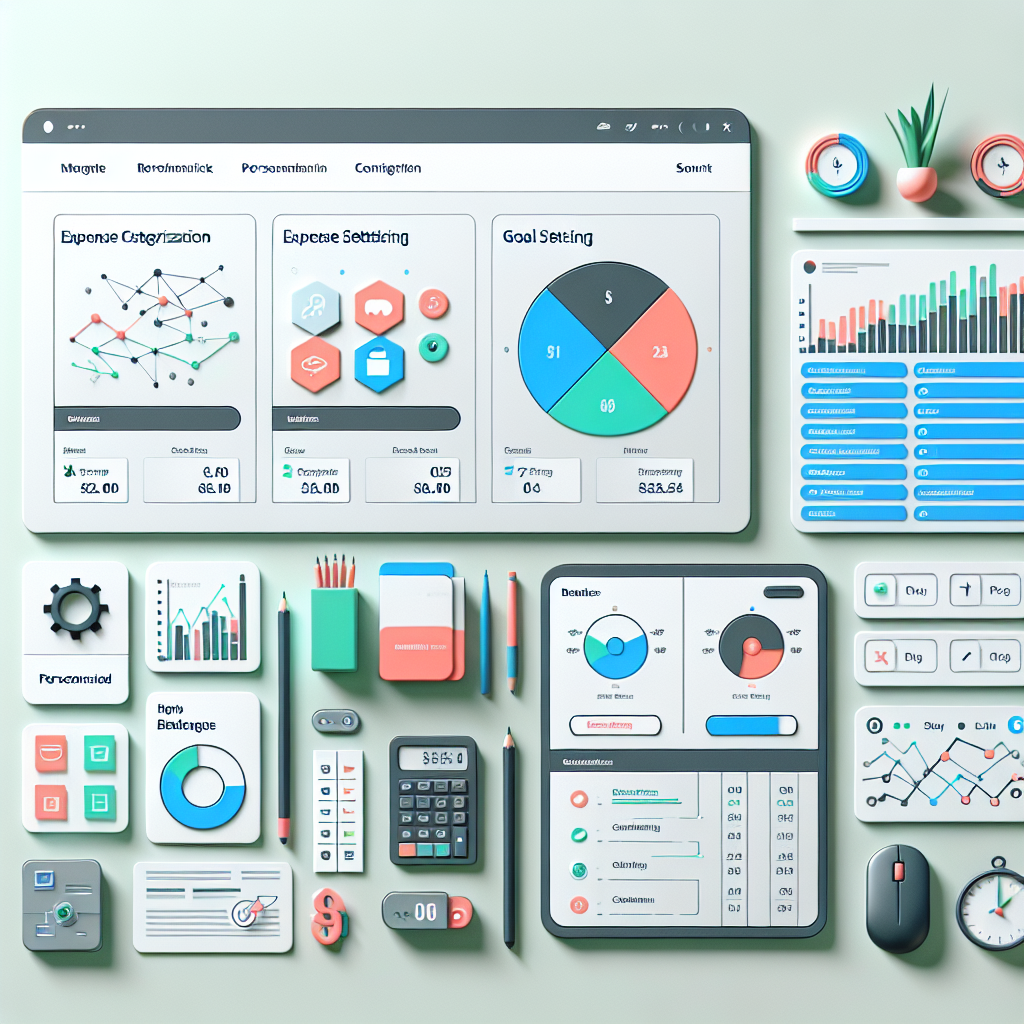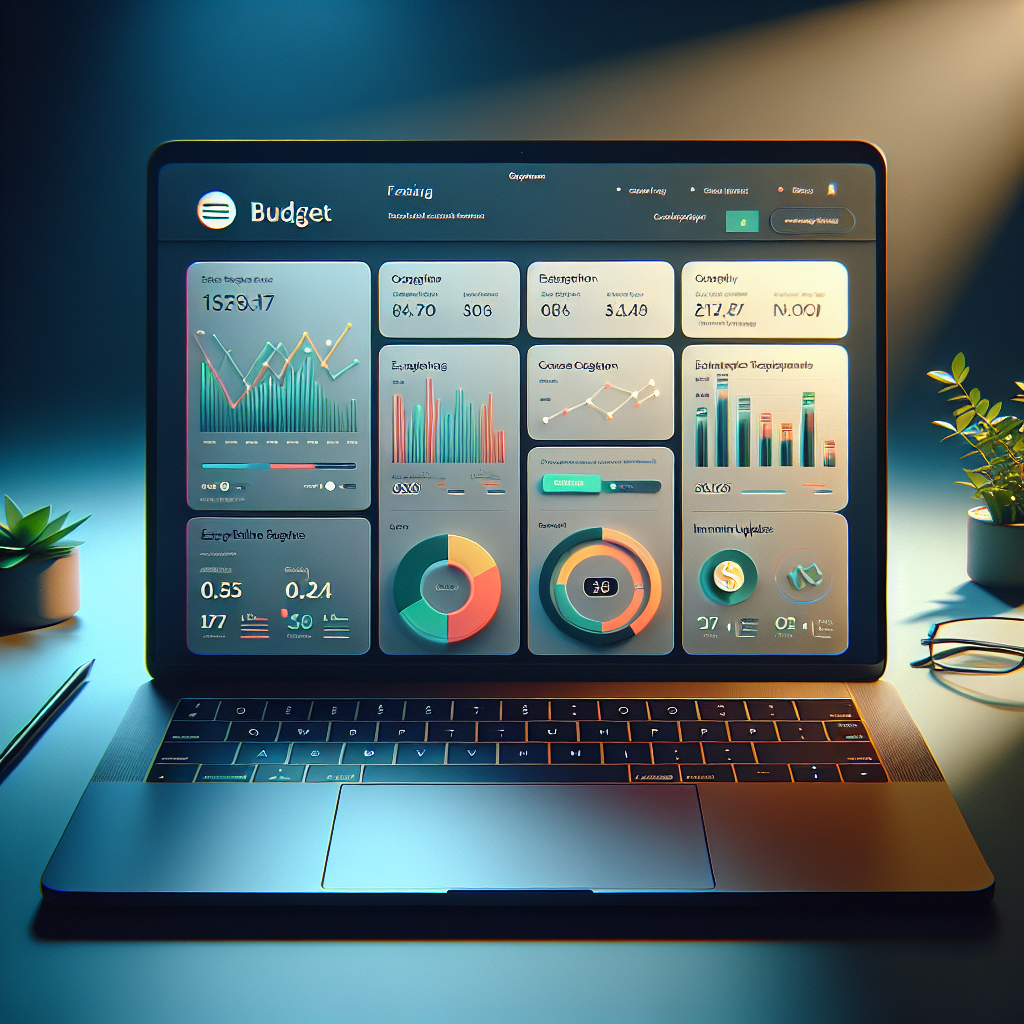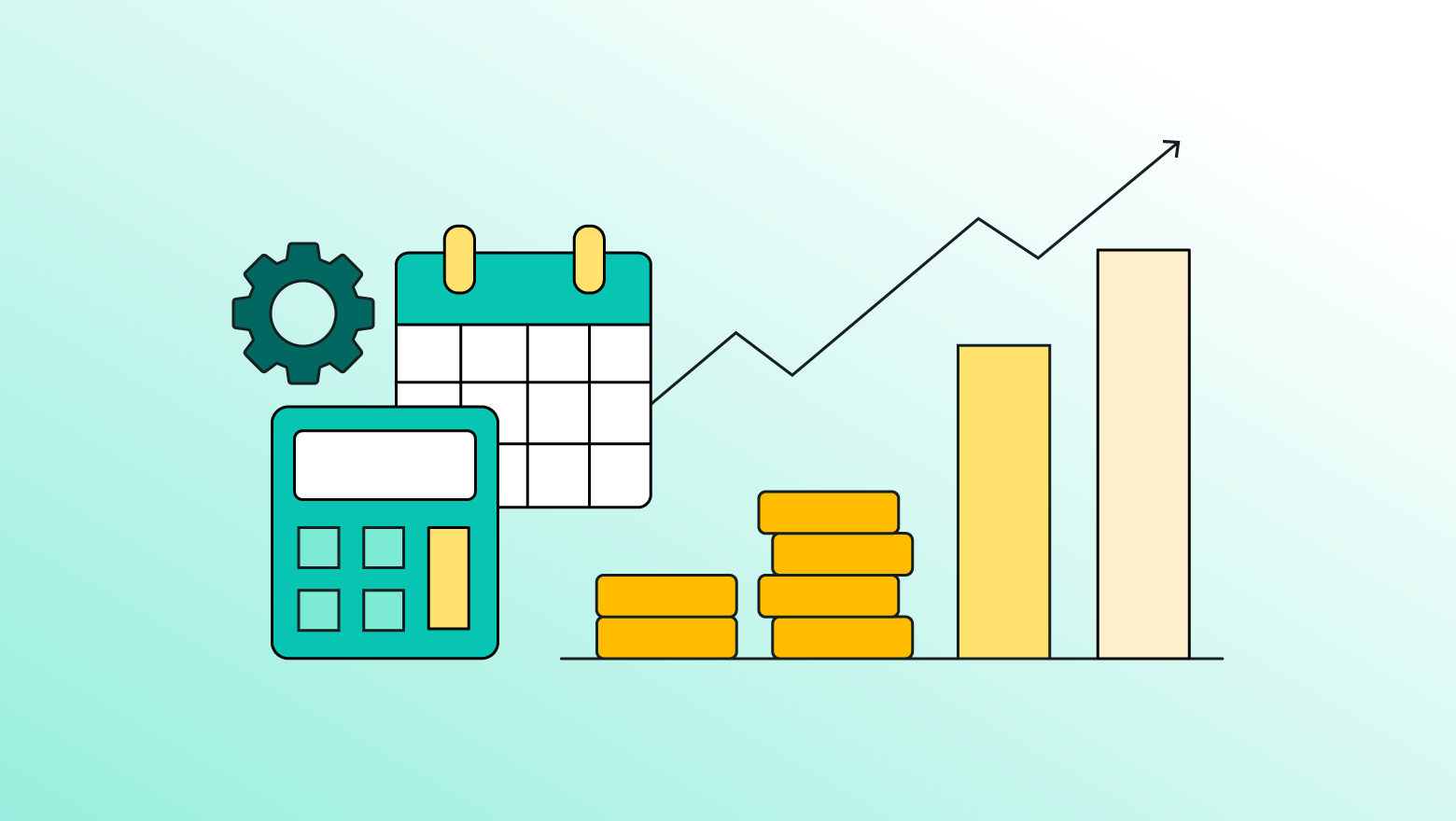Crafting a budget tracker website design template is not just about aesthetics; it’s about creating a practical tool that empowers users to manage their finances efficiently. In today’s fast-paced digital world, having a personal budgeting tool is essential for individuals and small businesses alike. With increasing financial complexities, a well-designed budget tracker can simplify the process, making it easier to track expenses, savings, and financial goals.
A successful budget tracker design must be intuitive and user-friendly, allowing users to input data seamlessly and receive insightful feedback on their financial status. It should incorporate essential features such as expense categorization, goal setting, and real-time updates. With a focus on user experience, the design should also be aesthetically pleasing, ensuring that users enjoy interacting with the platform.
Moreover, the design process should consider the integration of innovative technologies, such as data analytics and personalized dashboards, to offer customized solutions that cater to individual financial needs. This personalization not only enhances user engagement but also promotes better financial habits.
By leveraging affordable design resources and tools, you can create a budget tracker that fits within your budget while still being effective and visually appealing. Ready to take control of your finances and experience effortless savings? Download Vala today and start managing your budget with ease!
Benefits Of Using A Website Template

Leveraging a website template for your budget tracker can offer numerous benefits, particularly when you’re working within a limited budget. One of the foremost advantages is the *cost-effectiveness* of using pre-designed templates. These templates are typically more affordable than hiring a professional web designer, allowing you to allocate funds to other essential aspects of your project.
**Efficiency** is another significant benefit. With a template, the foundation of your website is already established, which means you can reduce the time spent on design and development. This allows you to focus on customizing the template to suit your specific needs, such as integrating features essential for a functional budget tracker.
Furthermore, templates often come with built-in **responsive design features**, ensuring that your budget tracker is accessible and functional across various devices and screen sizes. This adaptability is crucial in today’s multi-device world, where users expect seamless experiences whether they are on a desktop, tablet, or smartphone.
Additionally, using a template can enhance the **consistency and professionalism** of your website. Templates are designed with cohesive styles and layouts, which can help create a polished and uniform appearance. This consistency is essential for building trust with users, as a well-designed site reflects the reliability and professionalism of your brand.
In conclusion, utilizing a website template for your budget tracker can streamline the development process, save costs, and ensure a professional outcome, making it an ideal choice for those looking to create an effective financial management tool on a budget.
Essential Features For Budget Tracker
Creating a budget tracker website requires the inclusion of several essential features to ensure it meets the needs of users and provides a seamless financial management experience. One of the key features is a **user-friendly interface**. Users should be able to navigate the site with ease, allowing them to quickly input and access their financial data without unnecessary complications.
An effective budget tracker should also offer **customizable categories** for expenses and income. This flexibility allows users to tailor the tool to their unique financial situations, providing a more accurate reflection of their budgetary needs.
Another critical feature is **real-time data synchronization**. By connecting the budget tracker to bank accounts or financial institutions, users can see their updated financial status instantly. This automation not only saves time but also reduces the risk of errors that can occur with manual data entry.
**Comprehensive reporting and analytics** are also vital. Users should be able to generate reports that provide insights into their spending habits and financial trends over time. This feature empowers users to make informed decisions about their finances, helping them to identify areas where they can cut costs or allocate more funds.
Additionally, incorporating **security measures** such as encryption and multi-factor authentication is essential to protect users’ sensitive financial information. Ensuring the security of the data builds trust and encourages users to engage more fully with the platform.
Finally, offering a **mobile-friendly experience** ensures that users can manage their finances on the go. As more individuals rely on mobile devices for daily tasks, having a responsive design that works seamlessly on all devices is crucial for user satisfaction and engagement.
Choosing An Affordable Design Template

When embarking on the journey of creating a budget tracker website, selecting an affordable design template is a strategic decision that can significantly impact both cost and functionality. With the plethora of templates available in the market, it is crucial to consider a few key factors to ensure that you maximize your investment while maintaining the quality and usability of your site.
Begin by assessing the **features and flexibility** of the template. An ideal template should not only fit your budget but also offer the essential design and functionality needed to support a budget tracker platform. Look for templates that allow customization, enabling you to tailor the design to your brand’s aesthetic and user requirements without incurring additional costs.
Another important consideration is the **compatibility with various platforms and devices**. Ensure the template is responsive, meaning it automatically adjusts to different screen sizes and devices. This adaptability is crucial for providing a seamless user experience, whether accessed via desktop, tablet, or smartphone.
**User reviews and ratings** can provide valuable insights into a template’s performance and reliability. Checking feedback from other users can help you gauge the template’s strengths and weaknesses, guiding you to make an informed decision. Templates with consistently high ratings are likely to deliver a satisfactory experience.
Additionally, explore the **support and updates** offered by the template provider. Continuous support and regular updates are vital for addressing any issues that may arise and ensuring compatibility with new web technologies.
Finally, consider the **cost-effectiveness** of the template concerning long-term use. While some templates may have a higher upfront cost, they might offer better features or longevity, making them more economical in the long run. Balancing initial costs with potential future savings is key to choosing the perfect affordable design template for your budget tracker website.
Customizing Your Website Design

Once you’ve selected an affordable design template for your budget tracker website, the next step is to tailor it to reflect your brand and meet your specific needs. **Customization** is a powerful tool that allows you to transform a generic template into a unique platform that resonates with your users.
Start by focusing on the **brand identity elements** such as colors, fonts, and logos. These elements should be consistent with your overall brand image. Use the customization options within the template to adjust these features, ensuring that your website is visually aligned with your business persona. A cohesive look not only enhances aesthetics but also builds trust with your audience.
Next, consider the **layout and navigation** of your site. Efficient navigation is crucial for an intuitive user experience. Customize the menu structure and page layout to align with your users’ journey. Ensure that important features, like expense tracking and budgeting tools, are easily accessible, reducing friction for your visitors.
Incorporate **interactive elements** such as forms, buttons, and sliders that engage users and encourage interaction. These elements can be customized to suit your website’s theme and functionality. Ensure they are not only visually appealing but also function smoothly to enhance user engagement.
Additionally, customize the **content management system (CMS)** to suit your operational needs. Tailor the backend to streamline updates and maintenance, ensuring that managing your website remains efficient and hassle-free. This might include organizing content categories or setting up automated features that save time and effort.
Lastly, don’t underestimate the power of **personalized user experiences**. Use customization options to implement features that allow users to personalize their profiles or dashboards, providing a more tailored experience. This can significantly improve user satisfaction and retention, making your budget tracker website a valued tool for financial management.
Optimizing For User Experience

To ensure your budget tracker website is not only functional but also enjoyable for users, it is crucial to focus on **optimizing the user experience (UX)**. A well-designed website should be intuitive, fast, and responsive, making every interaction seamless and satisfying for your visitors.
Begin by evaluating the **loading speed** of your website. Slow websites can frustrate users and increase bounce rates. Use tools like Google PageSpeed Insights to analyze your site’s speed and implement recommended changes, such as optimizing images and leveraging browser caching, to enhance performance.
Ensure your website is **mobile-friendly**, as a significant number of users will access your site via smartphones or tablets. Use responsive design techniques to adapt the layout and features to different screen sizes, providing a consistent experience regardless of the device used.
Focus on **accessibility** to make your website inclusive for all users, including those with disabilities. Implement features like alt text for images, keyboard navigation, and screen reader compatibility to enhance accessibility. This not only broadens your audience but also improves your site’s compliance with accessibility standards.
Streamline the **user interface (UI)** by minimizing clutter and ensuring that essential features are easy to locate and use. An organized and clean layout enhances navigation and helps users accomplish their tasks efficiently, such as updating their budget or reviewing expense reports.
Incorporate **user feedback** mechanisms like surveys or feedback forms to gather insights directly from your users. This information is invaluable in identifying areas for improvement and ensuring your website evolves to meet user expectations.
Finally, continuously monitor and analyze user engagement metrics to understand how visitors interact with your site. Use this data to make informed decisions about future updates or feature enhancements, keeping the user experience at the heart of your development process.
**Ready to take control of your finances and experience effortless savings?** Download Vala today and start managing your budget with ease!







